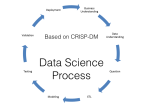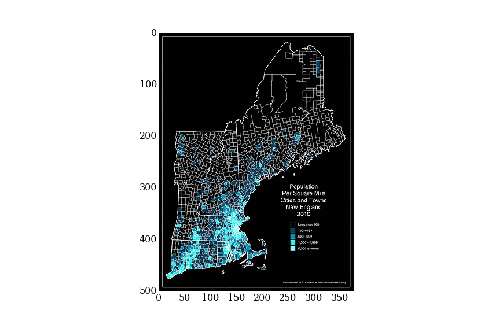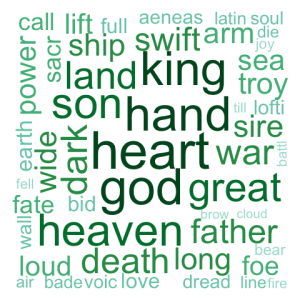I had the pleasure of attending with 6000+ other attendees the recent seventh annual Strata + Hadoop conference in NYC. I found it both informative and interesting to see how the big data space is growing and evolving. But as time is precious and I don’t want to bore anyone with my philosophical ruminations on the state of data analytics, here are my patented “Ken’s Five Key Takeaways” of the 2015 Strata + Hadoop World Conference:
- I could argue that Hadoop and the Big Data space—not synonyms, by the way—are at the Gartner hype peak. There were hundreds—okay, multiple dozens—of suppliers with slightly different approaches to the real challenges that enterprises face using Hadoop and family. Certainly, those differences do matter, but as I wandered the booth aisles, I couldn’t help wondering how many of those companies would be back in three years after we have gone through the Gartner hype trough. There are obviously still a lot of problems to be solved—and no one has perfected the “standard of care”.
- Here are the dominant vendor themes I found:
- We’ll Make it Easier! Lots of these black box approaches to analytics and big data. A lot of vendors there are dying to do it all for you with a push of a button. “We’ll sit on top of all the stuff you really don’t want to see—and you probably can’t understand anyway. Trust us!”
- We’ll Make it Faster! Obviously there is a perceived need to speed everything up—from ingest to storage to analytics.
- We’ll Make it Secure! Making these massive data lakes that we are now creating secure has certainly caught the vendors and suppliers attention. If the security is truly performant in the real world is, of course, another question.
- Money is still in the infrastructure not in the applications. Comparing this to the excellent Data Science conferences such as AnalyticsBridge and Boston Open Data, there was a heck of a lot more cash being pushed around here. It may be unfair to compare, but it’s my takeways and I can make unfair comparisons if I want to. Anyway, when the martini bar opened on the expo floor and the line formed at the climbing tower, I wondered why Data Scientists couldn’t have this too! We like to drink and climb dangerously high things. Am I right or am I right?
- Somebody needs to switch the Apache Foundation’s coffee to decaf. The seemly endless parade of projects that have been swirled into Hadoop ecosystem is truly something to behold. Could we perhaps fix the software problems we have today without creating another service to install, maintain and complain about getting fixed? My second thought on this is that the technologies we now are using are still too immature to say what the final grouping will be. There will always be a need for a variety of tools—but I don’t know if we have the correct insights into what that “mature” tool bag will contain. I have a feeling many of these projects we’re puzzling over today won’t be in it.
- Only one booth babe spotted. On the other hand, there was a much better gender balance at the conference. Instead of one in hundred being female, we are closer to 1 in 10 or 12. I guess that’s progress for the Big Data industry.
PS: I was told by my colleagues that I missed the Star Wars Leia booth babe—but I can’t count her in my takeaways since I didn’t actually see her. My takeaways are too sacred for that.
So I now know that suppliers believe that Hadoop/Big Data is hard, too slow and unsecure. Stay tuned for further obvious findings.
Thanks for reading.



